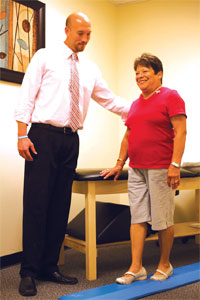 One third of people over the age of 65 take a fall every year. 74 percent of those who fall obtain injuries that require medical attention.[sup]1[/sup] Many of these falls, and the life altering consequences that ensue, can be avoided. In the spirit of National Fall Prevention Awareness Day (always the first day of Fall), I present you with the most common risk factors for falls, and ways to avoid them.
One third of people over the age of 65 take a fall every year. 74 percent of those who fall obtain injuries that require medical attention.[sup]1[/sup] Many of these falls, and the life altering consequences that ensue, can be avoided. In the spirit of National Fall Prevention Awareness Day (always the first day of Fall), I present you with the most common risk factors for falls, and ways to avoid them.
According to the American Academy of Neurology there is strong evidence to support that those who: use an assistive device such as a cane or walker, have poor balance, a history of recent falls, or have been diagnosed with a stroke or dementia, are at risk of falling. The Academy also states that weakness in the legs, poor sensation (common in diabetics), loss of vision, and Parkinson’s disease are probable predictors of future falls.[sup]2[/sup] The American Physical Therapy Association adds that there is an increased risk of falling with those who have arthritis, or are taking more than four medications.[sup]3[/sup]
Recent studies have shown that as much as 50 percent of falls could have been avoided.[sup]4[/sup] So how can we decrease our chances of falling? First, KEEP MOVING. Avoiding a sedentary lifestyle will maintain strength and flexibility. Regular activity has also been shown to improve some of the risk factors of falling. Whether you enjoy golf, yoga, or just walking your dog, keep it up. It could prevent a future trip to the hospital.
Other simple changes may decrease your risk. Make sure every room in your house is well lit, including nightlights. Avoid clutter. Put objects away after each use and hide cords. Secure rugs with non-skid backing. In high fall risk areas, such as the shower and tub, have handrails installed. Be cautious around pets and uneven walking surfaces.
If you do have an increased risk of falling, there are people who can help. Speak with your physician about whether a consultation with a movement specialist, or physical therapist, is right for you. There are multiple studies that show strength and balance training programs can reduce the risk of falls and injury.[sup]1[/sup] Physical therapy is covered by most insurance carriers.
Fall related injuries can be life-altering events. They can be prevented. Staying active, taking precautions and vigilant awareness go a long way.
Vincent Kambe received his Bachelor of Science in Kinesiology with a concentration in Pre-Physical Therapy from Cal Poly, San Luis Obispo and his doctorate in Physical Therapy from Azusa Pacific University. Vince then went on to become a board certified orthopedic specialist. Vince can be reached at Avid Physical Therapy (760) 347-6195. vince@avidphysicaltherapy.com
References: 1) Means KM, Rodell DE, O’Sullivan PS. Balance, Mobility, and Falls Among Community-Dwelling Elderly Persons. Am. J. Phys. Med. Rehabil. 2005:84(4):238-247. 2) aan.com. AAN Summary of Evidence-based Guidelines for Clinicians. Assessing Patients in A Neurology Practice for Risk of Falls.2008. 3) APTA. Fall Risk Reduction in Older Adults. Supplement to PT Magazine. July, 2007. 4) Jarvinen T., Sievanen H., Khan K., Heinonen A., Kannus P. Shifting the focus in fracture prevention from osteoporosis to falls. BMJ. 2008: 336: 124-126.








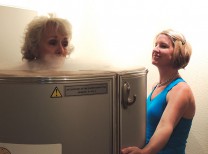
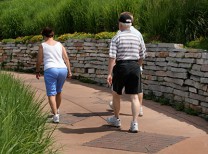

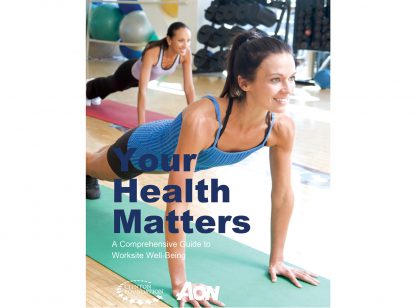








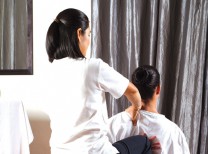





























Comments (0)